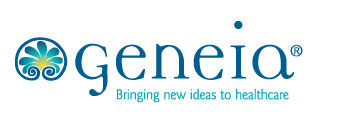Workforce
The insurer is releasing little information as it names a new president.
Engaging everyone in a risk management mindset can transform a healthcare organization into a more successful and competitive entity.
Offering payment to Medicare providers allowed communities to scale up high-quality clinical training for advanced practice nurses in the settings where they're most needed.
Telehealth and other new tools for virtual care enable doctors to see more patients and regain a semblance of control over their workflows.
As CEO of the new company, which will be based in Boston, the public health expert will seek to "incubate better models of care for all," he says.
The trend in nursing mirrors a larger trend occurring across the healthcare industry with double-digit percentage differences between the salaries of men and women.
SPONSORED
67 percent of all surveyed doctors know a physician who is likely to stop practicing medicine in the next five years, as the result of physician burnout.
Nearly two-thirds of U.S. physicians report feeling burned-out, depressed or both, affecting their relationships with patients and colleagues.
Cordani will replace current chair Bernard Tyson, CEO of Kaiser Permanente, in 2019; WellCare CEO Ken Burdick named co-chair.
One new policy deems drug shortages an urgent public health crisis and seeks to have manufacturing sites deemed critical infrastructure.
